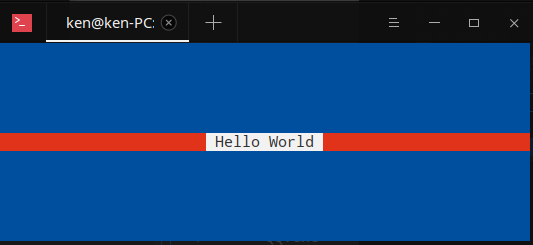XGboost With R
XGboost With R
Documentation: Tutorial
Brief Introduction:
Xgboost (eXtreme Gradient Boosting)
- linear model ;
- tree learning algorithm.
it supports various objective functions, including regression, classification and ranking.
Install
|
Quick Start
Test Data
Just as all Machine algorithms, we need the training data set and testing data set.
In real world, caret can help to split the training and testing data set.
|
|
List of 2 $ data :Formal class 'dgCMatrix' [package "Matrix"] with 6 slots .. ..@ i : int [1:143286] 2 6 8 11 18 20 21 24 28 32 ... .. ..@ p : int [1:127] 0 369 372 3306 5845 6489 6513 8380 8384 10991 ... .. ..@ Dim : int [1:2] 6513 126 .. ..@ Dimnames:List of 2 .. .. ..$ : NULL .. .. ..$ : chr [1:126] "cap-shape=bell" "cap-shape=conical" "cap-shape=convex" "cap-shape=flat" ... .. ..@ x : num [1:143286] 1 1 1 1 1 1 1 1 1 1 ... .. ..@ factors : list() $ label: num [1:6513] 1 0 0 1 0 0 0 1 0 0 ...
Here in our data set train, label is the outcome of what we’d like to predict.
|
[1] "dgCMatrix" attr(,"package") [1] "Matrix"
As seen below, the data are stored in a dgCMatrix which is a sparse matrix and label vector is a numeric vector ({0,1}):
Quick Model
|
[1] train-error:0.046522 [2] train-error:0.022263
- objective = “binary:logistic”: we will train a binary classification model ;
- max.depth = 2: the trees won’t be deep, because our case is very simple ;
- nthread = 2: the number of cpu threads we are going to use;
- nrounds = 2: there will be two passes on the data, the second one will enhance the model by further reducing the difference between ground truth and prediction.
Preparing Your Data Set
We can preparing our data by turn matrix or attr matrix to xgb.Dmatrix
|
Predict
Now, Let’s so the utmost goal,
Perform the prediction
|
Pre Rel 1 0.2858 0 2 0.9239 1 3 0.2858 0 4 0.2858 0 5 0.0517 0 6 0.9239 0 7 0.9239 1 8 0.2858 0 9 0.9239 1 10 0.0107 0
As we can see, most of results are acceptable (except row 6th).
Save your model
|
feature importance
|
Feature Gain Cover Frequency 1: odor=none 0.67615469 0.4978746 0.4 2: stalk-root=club 0.17135376 0.1920543 0.2 3: stalk-root=rooted 0.12317237 0.1638750 0.2 4: spore-print-color=green 0.02931918 0.1461960 0.2
XGboost With R









